








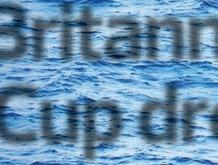
Kiwis end Britannia's America's Cup dream


JEANNEAU SUN ODYSSEY 350
Stylish family cruiser on test


UTTERLY MOOR – ISH





Discovering the delights of cruising Morocco
VENDÉE GLOBE RACE Who will win the ultimate challenge?
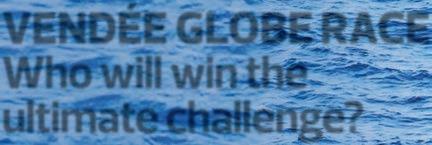

RACE TO THE SUN Caribbean racing season preview

A WINTER'S TALE





The joy of an o season cruise


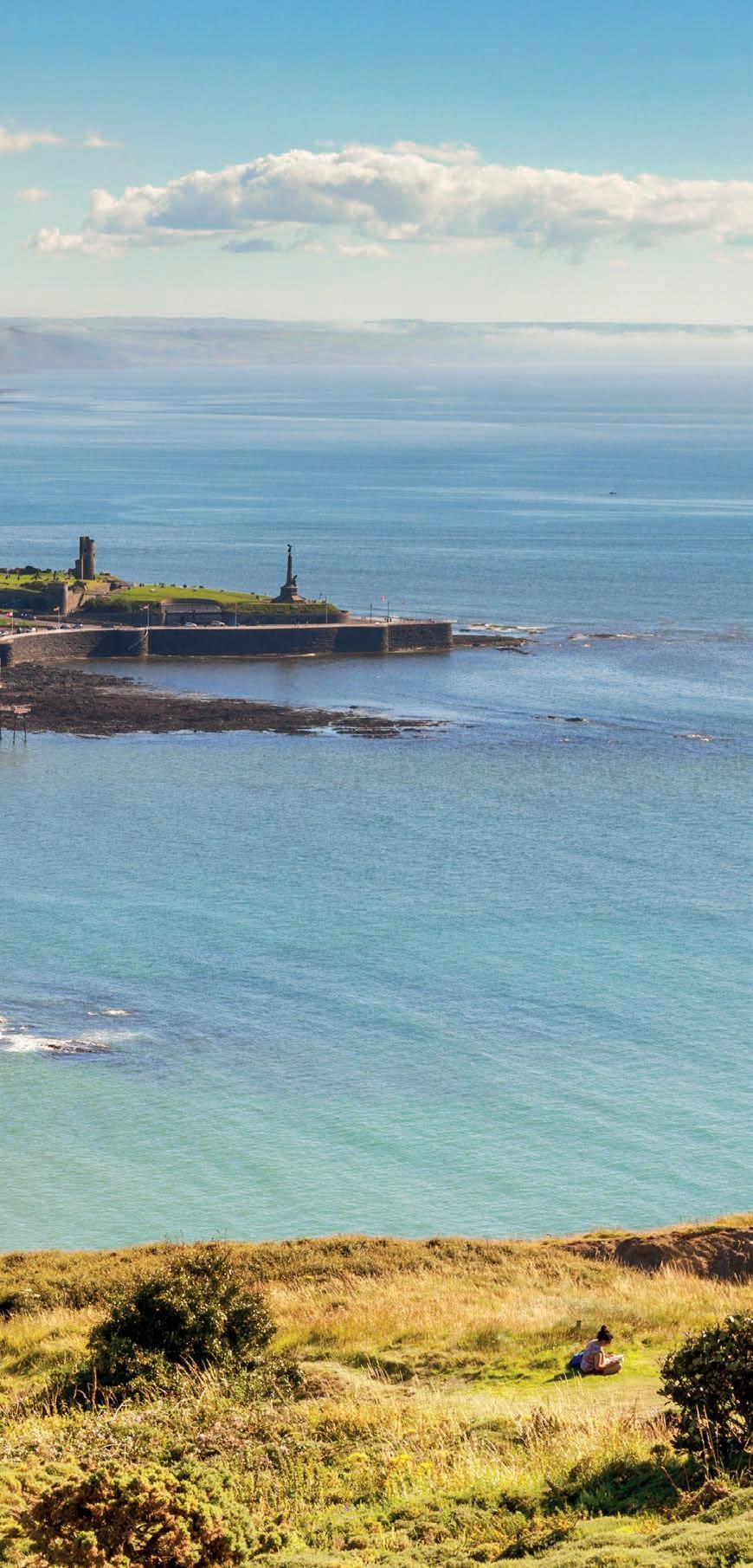
Winter sailing in the UK is not for the faint hearted. Solo sailor Murray Longmore opted to test that theory to the maximum with a winter jaunt from Wales to Ireland
Boats are like friends, for many reasons – we stick with them through thick and thin, and they are a reason for living. But there is one important difference: boats like to be used. If we lay our boats up at the end of September and wait until the following Easter before our next trip, we may waste the best months of the season putting right what time and the depredations of salty dampness have put wrong. So I like to use my boat every month, even during winter. This way, there are fewer nasty surprises lurking in the lazarette or hiding in the heads. And if there are insoluble grumbles in the galley, then at least I know about them before setting off into the summer sun.
But now it is winter – the evening of 9 February, 2024 to be precise. I am in Lidl in Aberystwyth for a few household groceries, while I mull over whether to set sail across the Irish Sea. As I entered the supermarket, I was of the opinion that the forecast was not stable enough. But as I went from aisle to aisle, I found I was stocking up for a voyage. A dozen eggs? Not needed! Yet there they were, in my basket. My subconscious must have been in the driving seat, and it was by this means, and by these eggs, that I learned that the trip was on. My subconscious knew that the eggs were for hard-boiling, to feed the watches of the long February nights ahead. In some ways I didn’t really want this voyage to happen. To quit warmth and security for the cold inky blackness of the Celtic night seemed wrong. But who am I to argue with my subconscious?
The downside of winter sailing involves not just wet and cold weather. In winter, equipment failures are the rule rather than the exception. Winter sailing tests one’s boat and her systems – sometimes beyond endurance. In one sense, this is a good thing. If your systems survive what I think of as “trial by fury” in the winter months, the chances are that you may be able to sail through the summer with impunity.

Many variables led to INEOS Britannia getting beaten by Emirates Team New Zealand but one key factor that made a clear difference - the weather. Britannia's two wins came on the day when conditions were markedly different. It's therefore illminating to talk to the the team working behind the scenes at INEOS who
were straining every nerve to gain an advantage from the challenging race conditions we’ve witnessed. Understanding the conditions you’re to go sailing in is an allimportant and obvious part of any yachtsman’s preparation. On these finely tuned AC75s engaged in the pursuit of ultimate speed and any slight edge against the competition – a precise understanding of the conditions is vital.
ABOVE
INEOS Britannia crossing tacks with Emirates Team New Zealand
This is where INEOS Meteorologist Miguel Sanchez Cuenca (‘Capi’), and the whole data systems, collection, and analysis team make all the difference. I caught up with Tom Harrison, whose background in meteorology and love for sailing led him to this team at INEOS Britannia, where he helps bridge the gap between the data, and the design, engineering, and performance world in Ben Ainslie’s America’s Cup team.
One key aspect of the America’s Cup was reading the weather.
Milly Karsten caught up with INEOS Britannia’s in house meteorologist Tom Harrison to find out more

What has been your typical day during the America's Cup?
For me mostly my day is focused around ensuring that the performance loop that we have with the sailors and the coaches, and our engineers, can function as efficiently as possible. From my point of view, that’s mostly around ensuring that all of the data that we’re extracting from the yacht is done effectively, cleanly and to make sure everything is working. These

are such complicated machines, and there’s so much hardware and software that needs to be tickled along, particularly at this end of the campaign.
My role is sort of looking after and developing a tool set, a sort of standardised toolset. So we try to present data in a way to our engineers which requires as little effort as possible for them to get to the answers they want. So really ensuring that part of the loop stays well oiled and that we are not wasting time where we don’t have the time to waste. Making sure that everyone can get on to answering the questions we need to answer as quick as possible.
Almost in some ways the racing is a bit easier because we’re not allowed to put a lot of the data collection that we usually would on the yacht. But a lot of the analysis that we need to do in
this world is not just numbers – it’s correlating numbers with visuals, with media, with cameras, with audio – so it’s sort of making sure that everything is presented in a coherent manner.
How is your data different from our public weather forecasts?
The magic touch in any good weather forecast is a human, normally. Traditionally, say 60 years ago, a meteorologist might look outside, draw some charts, make an educated guess, and that was better than the data that was being spat out. But, these days it’s much more having a knowledgeable person appraise the data and decide whether or not it’s trustworthy. So we look, and ‘Capi’ will consult a number of different models, look at satellite imagery, primarily as a foundation in the real life data points. We look at land based observations, some sea based observations, and really the process


The Jeanneau Sun Odyssey 350 is the French giant’s ‘entry level’ boat and, as Sam Jefferson discovered, size isn’t everything
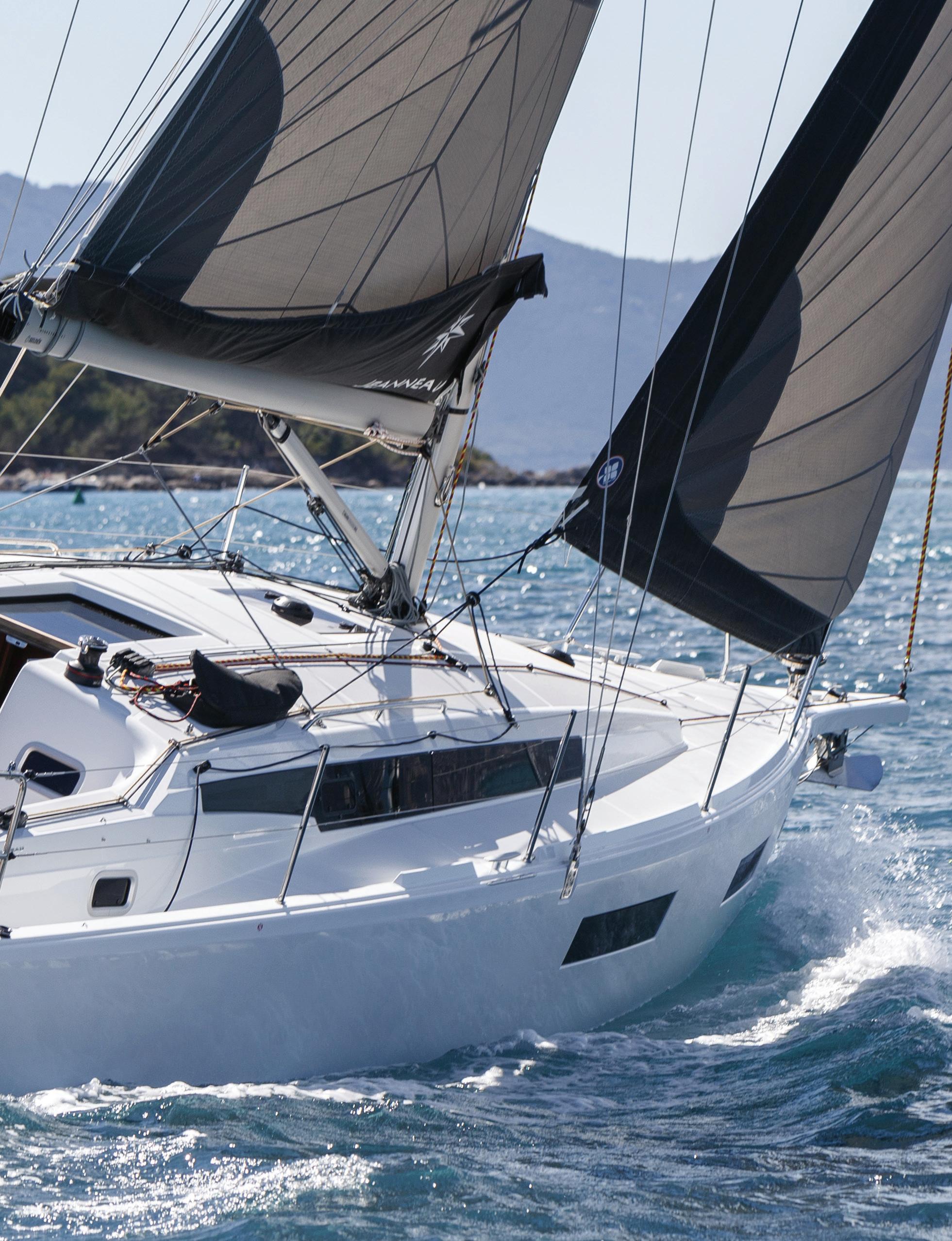


EASY ACCESS AND BERTHING FOR 100 VESSELS FROM UP TO 3M DRAFT AND 25M LOA

















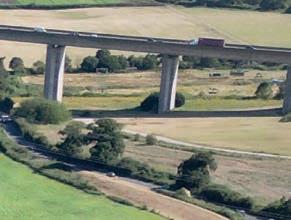






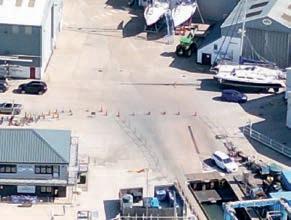




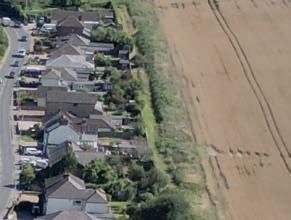






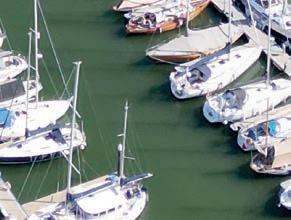




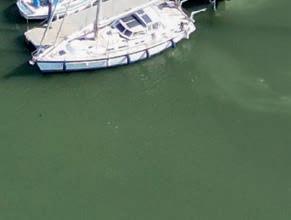


This prime facility at Ipswich is more than just a marina, boatyard and chandlery, it has a glowing reputation that stretches far beyond the shores of the east coast writes Sue Pelling 52.0327° N 1.1532° E


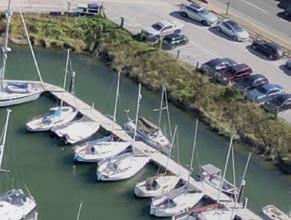








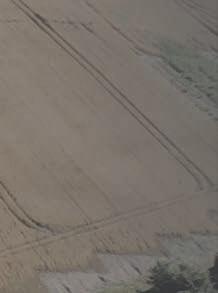






Do you know the Ionian well? Perhaps not as well as you think. Tom Fletcher shares his local neighbourhood highlights
’ve sailed the area close to Sail Ionian’s base more often than anywhere else. Located to the east of Lefkada, and to the north of Meganisi, it’s known as the Inland Sea. I think it’s one of the most beautiful places in the world, and probably the best sailing area in the world too! Many sailors dismiss it once they have been to Meganisi a few times, and head straight south to Kefalonia or Ithaca. To me, that’s a cardinal sin.
The Inland Sea is exactly that: bordered by land on all sides, it could almost be a lake within the South Ionian. Indeed, some mornings the deep clear water is so calm it looks like a mirror. The mountains of the mainland frame the view out from Lefkada and turn a stunning orange at sunset. Nestled here are the Prince’s Islands. The largest of this group is Meganisi, followed by Skorpios, Skorpidi, Sparti, Madouri, then tiny Cheloni and Tsokari. It’s a perfect small, safe cruising area, and at Sail Ionian we often recommend that newly qualified
charterers stay here for a few days while they gain confidence. It’s also the main area we visit on day charters, or fun days out on a RIB. The bulk of the area sits within Lefkada’s wind shadow and has a reputation for unexciting sailing. However, that’s simply not true. While the area close to Lefkada can be sheltered, there are other parts of the Inland Sea that regularly see winds of 15-20kts. For example, the wind blows down the channel over the canal in between Lefkada and the mainland every afternoon